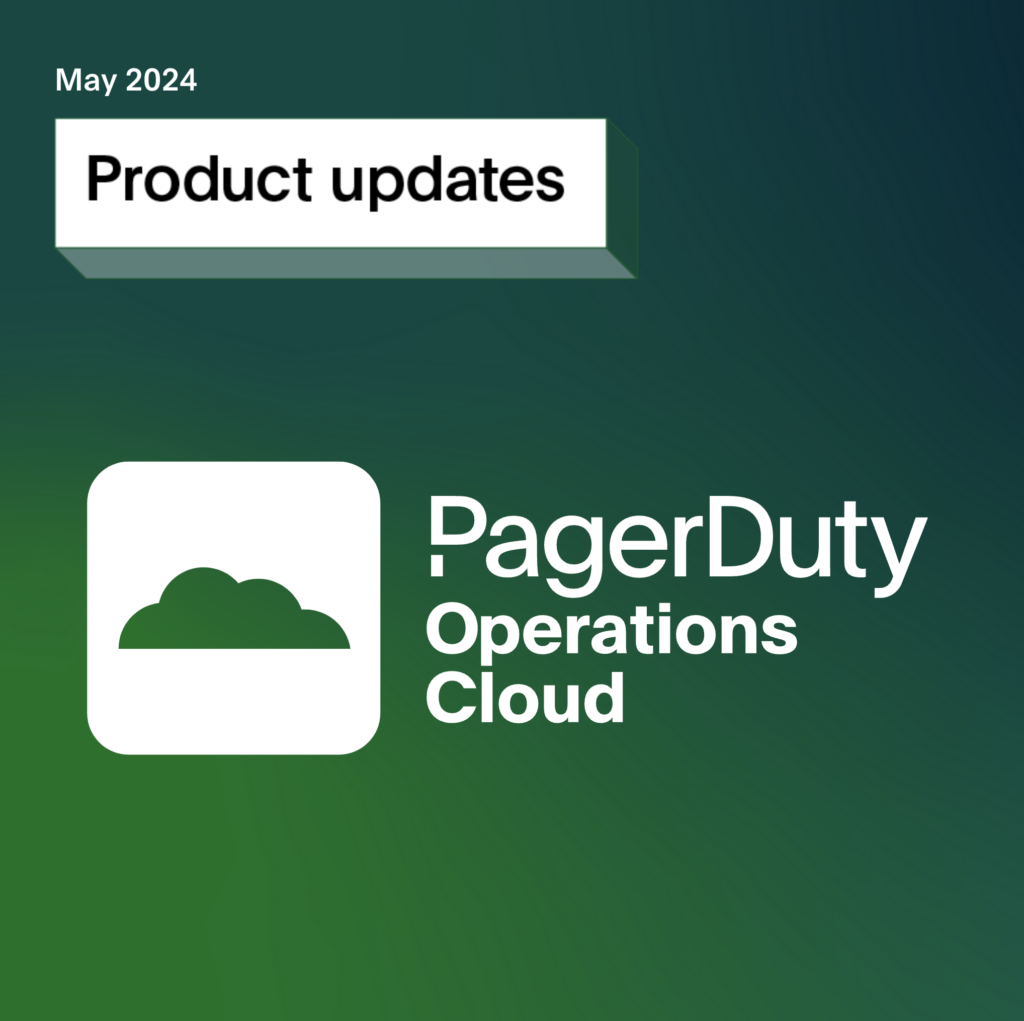- PagerDuty /
- Blog /
- Announcements /
- Announcing Real-Time Digital Operations Management for Azure and Visual Studio Team Services
Blog
Announcing Real-Time Digital Operations Management for Azure and Visual Studio Team Services
Using DevOps to Build, Deliver, and Support Higher-Quality Microsoft Azure-Based Applications, Faster
Microsoft provides .NET developers with a comprehensive set of tools designed to expedite how developers build, test, and deploy code for Azure-based applications. Azure separates itself from other infrastructure-as-a-service (IaaS) platforms by enabling cross-product interoperability across the Microsoft suite, which significantly reduces friction for developers who leverage Microsoft tools such as Visual Studio Team Services (VSTS). The result: A highly flexible development environment that helps development teams deploy Azure-based apps into production—more reliably and faster than previously possible.
Are You “Sometimes Agile”?
This agility exposes a major gap in full stack application development. Azure, like any public infrastructure, is constantly changing as instances come and go based on the infrastructure needs of the development team. Bugs in production happen, no matter who is writing the code. As the complexity of your business’s critical interconnected services increases, so do service disruptions. No matter how great your application is, it won’t be successful if you don’t plan for the eventuality of these issues. Agile and DevOps practices are less effective when you don’t have actionable intelligence in place to deal with the incidents you know will (eventually) happen. Without this level of actionable intelligence, your team may have to settle for “sometimes agile,” which can slow your application development significantly.
The Connective Tissue for DevOps
Most developer and DevOps teams that leverage the Microsoft Azure development environment begin by implementing alerts and monitoring to keep tabs on the overall health and performance of their Azure infrastructure. Dev teams using Microsoft VSTS already take advantage of the CI/CD, Git, agile, and testing feature stack, but they likely still lack true visibility into what’s actually going on with their app in Azure. This presents a fundamental issue for teams that want to incorporate DevOps practices using the Microsoft development environment. PagerDuty helps teams bridge this gap with our enterprise-grade, real-time digital operations management platform.

Full Visibility for Azure and Services
PagerDuty’s platform helps immediately improve visibility across your business-critical services, Azure infrastructure, and cross-functional teams. This enables you to understand and address business-impacting issues in real time as they happen, which is a key component of DevOps. Serving as the hub for Azure alerts and health signals, PagerDuty enables VSTS users to track and immediately act on issues in the infrastructure where their apps and services live.

Agile Incident Responses. Agile Service Delivery.
By adding actionable intelligence to the development environment, teams can streamline their service delivery immediately. As the PagerDuty platform is continually refined and augmented, the result is improved overall health of services, infrastructure, and code quality. This allows teams to get ahead of issues before production services, customer experience, and business revenues are impacted. No more “sometimes agile.”
Better Context Means Reduced Development Time
Alerts and monitoring are useful only if they contain the right context. PagerDuty delivers richer context around the issues that arise throughout the software development lifecycle, enabling teams to resolve issues more effectively, improve code quality, and shorten development lifecycle times. Time that was spent trying to figure out how incidents could impact your business can now be spent on innovation.

Reduce the Risk for Azure Migrations
It makes sense to move critical business applications and workloads to Azure for many reasons, including improved end-user experience, optimized “pay for what you use” costs, and a more flexible and agile business. However, the process of migrating an application to the cloud is non-trivial and requires the right tools to reduce business risk. PagerDuty’s real-time digital operations management platform helps Azure migration projects move quickly, decreases the impact of issues that occur throughout the migration lifecycle, and allows development teams to use contextual intelligence to continuously improve service performance.
For more information on how PagerDuty integrates with Azure and Visual Studios Team Services for digital operations management, please reach out to support@pagerduty.com or visit www.pagerduty.com/solutions/microsoft.


